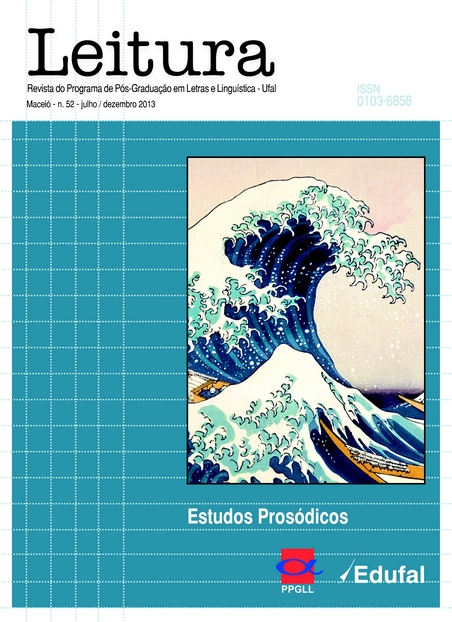Analysing prosody and meaning in Spanish: implications for the teaching of English as a foreign language
DOI:
https://doi.org/10.28998/2317-9945.201352.207-226Palavras-chave:
Tone choices, Pragmatics, L1Resumo
The aim of this work is to identify the difficulties that Spanish learners of English may have when confronted with the L2 intonation. The different tone choices made by native speakers of Spanish in North Patagonia, Argentina, are analysed in the light of the Autosegmental-Metrical framework (LADD, 1996) and the Relevance Theory (SPERBER and WILSON, 1995, 2004). The findings are compared with the tone choices produced by native speakers of English. The main results indicate that the same procedural instruction is manifested in both languages by means of L* L% and H+L* L%. However, Spanish favours L* whereas English prefers H+L*.










